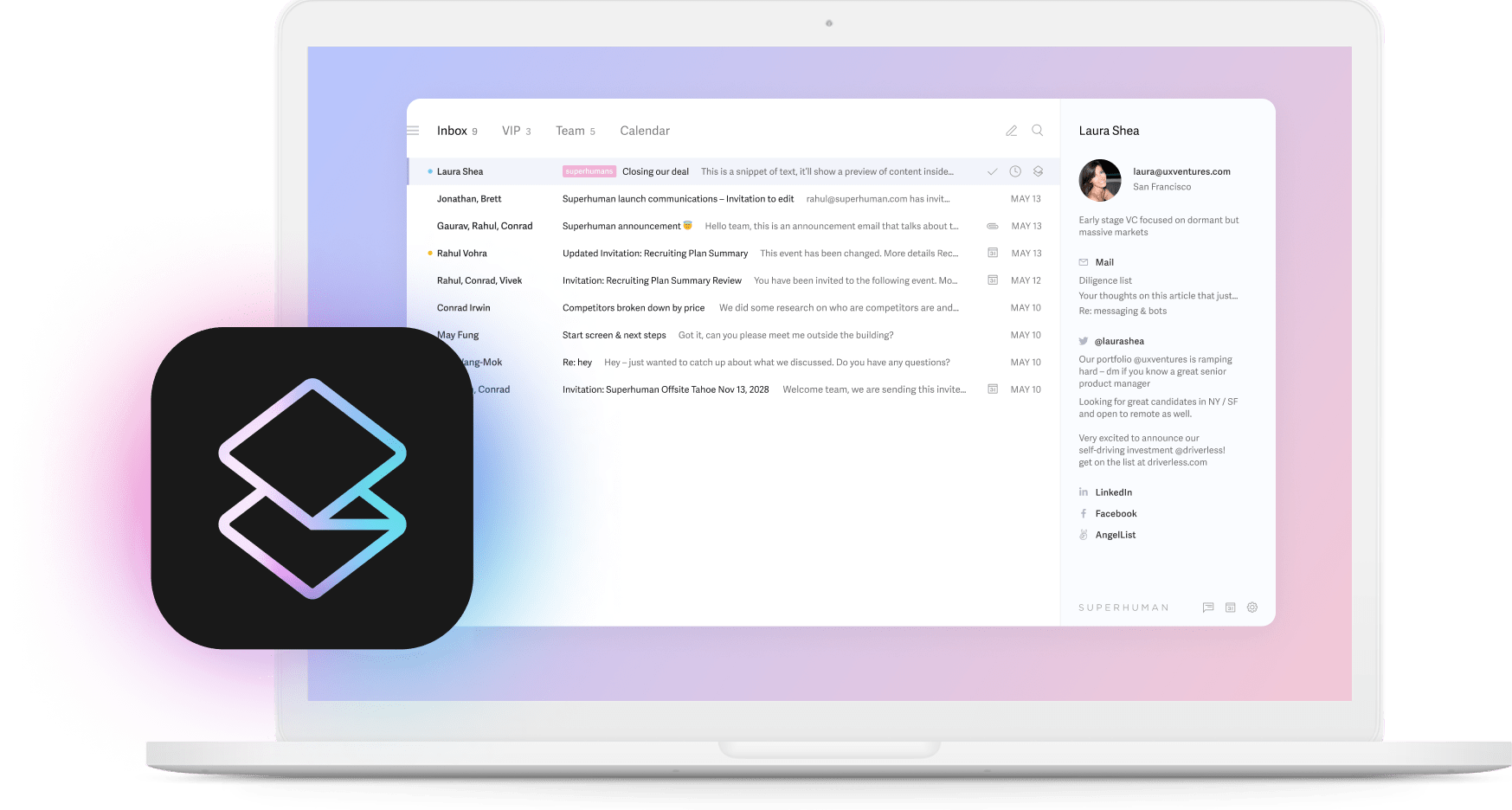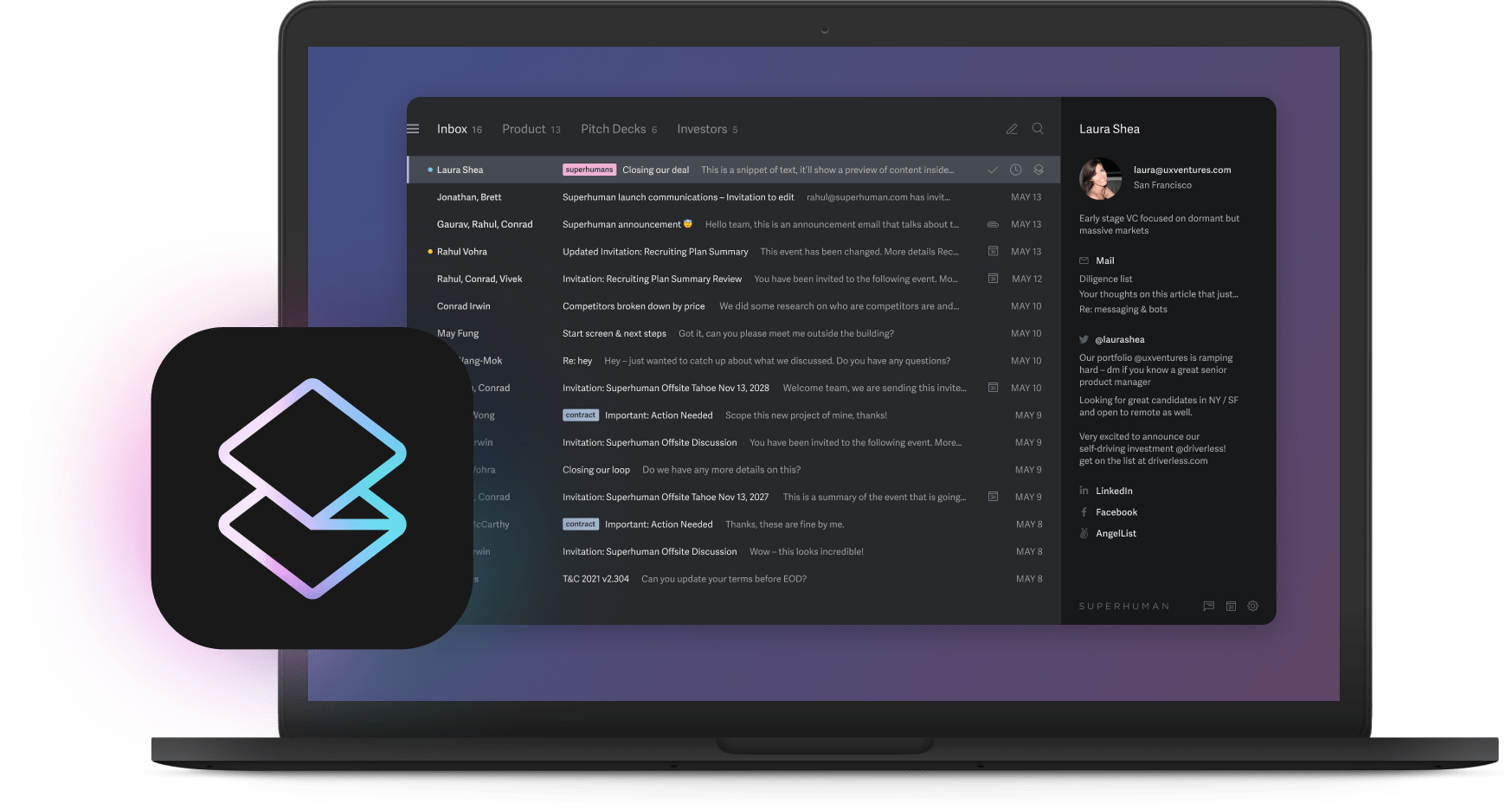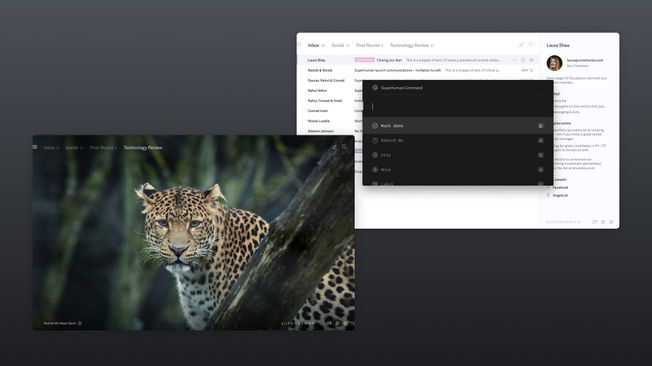
You know that sinking feeling when your automation project becomes a full-time job? When the tools meant to save time end up demanding every weekend? You're not alone. Executives everywhere are discovering that more automation often means more problems. The maintenance never ends. The complexity keeps growing. Your team burns out trying to keep it all running.
There's a better way. Call it strategic laziness if you want. The idea is simple: automate just 20% of your processes to capture 80% of the value. Smart teams using this approach save over 4 hours every week without drowning in upkeep. They focus on what matters and ignore the rest.
Core thesis & executive takeaways
Here's the philosophy: "Automate only the 20% that yields 80% of the value, then go play golf." Focus on a handful of high-impact workflows. You'll get your time back without the maintenance nightmare.
Automation maximalism creates five painful problems. First, the maintenance spiral turns tiny tweaks into endless weekend patches. Second, complexity creep makes every new integration multiply risk and spike costs. Third, employees lose ownership and motivation when bots handle everything. Fourth, blind AI trust means one misfiring script can halt operations. Finally, the energy drain from juggling these issues leads straight to burnout.
The human element remains crucial. Teams that keep automation selective preserve what matters. They limit automation to repetitive grunt work while keeping people engaged in meaningful decisions. This balance lets teams compete effectively without losing the strategic thinking that drives real innovation. Companies like Rilla understand this, using smart automation to enhance rather than replace human judgment.
The 80/20 automation ROI snapshot
Your biggest wins come from automating finance, customer support, and HR basics. Teams capture 150-400% ROI when they focus on these core areas.
Take email automation with Superhuman. Unlike Gmail or Outlook, Superhuman has native Split Inbox that automatically surfaces your most important emails without any manual rules. Pair that with Instant Reply, which drafts responses while you sleep by learning from your writing style. Setting these up takes 90 minutes. You get 4 hours back every week with less than 5 minutes of upkeep. You won't find these capabilities built into traditional email clients. They're what make Superhuman different.
The math is straightforward. Calculate Return on Effort by subtracting both setup and maintenance from your benefits. If maintenance eats more than 20% of saved time, kill the project. Focus on workflows that clear this bar, then move on.
The lazy leader's five rules
Strategic laziness means squeezing maximum relief from minimum effort. These five rules keep you focused.
Rule 1: Automate daily pain, ignore occasional annoyance. Target tasks that hit you every single day. Processing invoices or triaging tickets saves hours weekly. That annual survey? Leave it manual. If the pain doesn't show up daily, skip the automation.
Rule 2: Choose "simple and 90% right" over "complex and perfect." The moment a workflow needs heavy custom work or multiple handoffs, complexity explodes. Your team inherits a maintenance nightmare. Pick tools that get close enough without the drama. You'll avoid the integration complications that stall projects for months.
Rule 3: Count maintenance in the business case. Week-one savings mean nothing if upkeep erodes the gain. Patching scripts, updating APIs, and troubleshooting all count as costs. Build these minutes into your ROI calculations upfront.
Rule 4: Default "no" to anything without a four-week payback. High upfront costs plus uncertain ROI create time sinks. If savings don't eclipse setup effort within a month, find an easier win.
Rule 5: Let humans own exceptions. Software handles the predictable. People handle surprises. Keep humans in the loop for edge cases to avoid cascading failures when systems break.
If upkeep consumes more than 20% of time saved, kill the project. Simple as that.
Tiered automation stack
Sort every automation idea into three tiers based on payoff, effort, and future headache.
Tier 1: No-brainers Quick fixes you can implement over lunch. Superhuman's Auto Labels automatically categorizes emails using AI, something you can't get in standard email clients. Calendar scheduling and expense approvals also live here. These linear, rule-based workflows have minimal upkeep. If something breaks, you revert to manual in minutes.
Tier 2: Middle value Report generation, customer onboarding, and routine analysis need deeper integration. They deliver solid returns. Automated onboarding compresses weeks of paperwork into days. Expect a few workdays for setup and occasional maintenance. Risk stays moderate since failures rarely halt business.
Tier 3: Energy vampires Cross-department decision trees and custom machine-learning projects promise glory but deliver scope creep. Complex integrations make these notorious burnout triggers. Build time stretches into months. When these fail, entire teams scramble.
Ask yourself these questions. Each "no" bumps your idea down a tier. Does the task run daily or weekly? Are steps rule-based with few exceptions? Can setup finish inside one workday? Will upkeep stay under 20% of time saved? Could a simple workaround keep business running if the system fails? Is data already clean and accessible?
All yes means Tier 1. One or two nos push to Tier 2. Three or more signal an energy vampire to postpone.
The 4-week lazy implementation method
Transform scattered ideas into measurable results in one month.
Week 1: Pain audit Block one hour with your team. List every repetitive task. Score each on frequency, frustration, and minutes lost. Choose the top three energy drains.
Week 2: Vendor speed-date Evaluate three tools maximum, sixty minutes each. Compare setup time, monthly cost, and expected hours saved. If a tool needs an implementation partner or long contract, pass.
Week 3: Lazy launch Give the winning tool to five people who feel the pain daily. Track only blockers, not edge cases. Fix what stops work and ignore nice-to-haves.
Week 4: Maintenance reality check Measure upkeep minutes alongside hours saved. If maintenance erodes your gains, sunset the project.
Create a shared channel and logging sheet. Transparent tracking prevents shadow AI silos that multiply risk and cost.
The lazy leader's toolkit
My test for any tool: "Can I set it up over a long lunch?" If not, pass. Three categories meet this standard.
AI email management requires the right platform. Superhuman goes beyond what Gmail or Outlook offer. Its Write with AI feature learns your unique voice from past emails and drafts full responses from short prompts. Traditional email clients can't do this. Teams using these Superhuman-specific features save 4 hours weekly. The system adapts to your style during a brief setup, making responses feel natural while cutting response time in half.
Simple process platforms like Zapier connect apps with minimal code. They create workflows between applications without demanding technical expertise.
AI writing assistants such as Claude or Gemini reduce cognitive load through straightforward setup. They help with drafting and editing, freeing you for strategic thinking.
38% more industry-leading companies use advanced email apps beyond Gmail and Outlook, recognizing that the right tools drive significant efficiency gains.
Metrics that matter
Track four numbers to know whether each solution earns its keep.
Hours reclaimed shows the time your team no longer spends on tasks. According to research, invoice and onboarding automation can return up to 400% on effort when savings stay visible. Teams using Superhuman's Auto Summarize, a feature exclusive to the platform, report saving hours weekly just on email threads alone. Gmail and Outlook don't automatically summarize long conversations for you.
Maintenance minutes reveal the real cost. Integration complexity and constant patching erode ROI. Log real upkeep weekly. If it climbs above 20% of hours saved, redesign or kill the automation.
Employee NPS measures team morale. Clear roles and purposeful technology drive engagement. Survey monthly to catch early resistance or burnout signs. Companies like Go Nimbly found that giving teams the right tools improved both productivity and morale.
Weekend-email volume signals whether you're truly saving time or just shifting work. Fewer weekend emails mean systems are freeing time rather than creating after-hours burdens. Superhuman's Shared Conversations feature, not available in standard email platforms, lets teams collaborate on emails during work hours, reducing after-hours coordination.
Review hours and maintenance weekly, NPS monthly, and weekend traffic quarterly. Every metric ties back to selective, low-friction solutions that save time while keeping creativity high.
Anti-patterns: How companies fail at automation
You've seen the signs. Sprawling workflow charts. Endless status meetings. Technology running the business instead of supporting it. Three patterns create this chaos.
The everything optimizer tries to automate every edge case. Companies fall into this trap when they code exceptions instead of letting humans handle them. Fragile scripts break under unusual scenarios. Teams spend more time firefighting than saving time. Legacy systems and data silos compound the problem. When every exception becomes code, failure points multiply everywhere. Engineers burn out fixing what should stay manual. The fix is simple. Let humans handle exceptions and say no unless upkeep stays under 20% of time saved.
The perfectionist chases 100% accuracy and ships nothing. Organizations get stuck in endless tuning while ROI remains theoretical. High costs and uncertain payback stretch teams thin. While they polish edge cases, real work piles up. The solution is choosing simple and 90% right, then moving on.
The complexity addict builds elaborate workflows that look impressive until they break. Stacked triggers and custom scripts turn minor updates into emergencies. Over-engineering locks companies into expensive rewrites and constant babysitting. The energy meant for innovation gets sucked into maintenance. If upkeep tops 20% of hours saved, kill the project.
Case studies: Selective automation vs. comprehensive rollout
Consider what happens when companies take different approaches to automation. The selective approach focuses on high-frequency, low-complexity tasks. A finance leader might start with email automation using Superhuman's AI tools, which takes 90 minutes to set up. The platform's unique ability to learn writing styles and automatically draft responses saves 4 hours weekly. Standard email clients don't offer this level of personalization. Add a simple invoice processing workflow, and you've created 6 extra hours weekly for strategic work like cash-flow modeling and financial planning.
The comprehensive approach attempts to automate everything simultaneously. Companies implementing robotic process automation across fifteen workflows often discover that integration complexities with legacy systems demand constant firefighting. Engineers originally scheduled for optimization get pulled into maintenance. Workers struggle with exceptions the bots can't handle. Within six months, the promised savings evaporate. Maintenance time equals hours supposedly saved. Employee morale drops as they spend weekends troubleshooting instead of driving growth.
The difference comes down to focus. Selective automation targets specific pain points with proven solutions. Comprehensive automation creates fragility through complexity. One approach needs five minutes of weekly maintenance. The other demands full-time babysitting.
Conclusion
Strategic laziness means choosing the right work, not avoiding work. Focus on the 20% of processes delivering 80% of value. You'll reclaim hours weekly while avoiding maintenance hell. The five rules provide guardrails: target daily pain, choose simple solutions, count maintenance costs, demand four-week payback, and let humans handle exceptions.
The choice is yours. Chase the everything-everywhere approach and spend weekends fixing broken workflows. Or be strategically selective and use those extra hours for what only you can do. Your calendar, your team, and your golf game will thank you.





